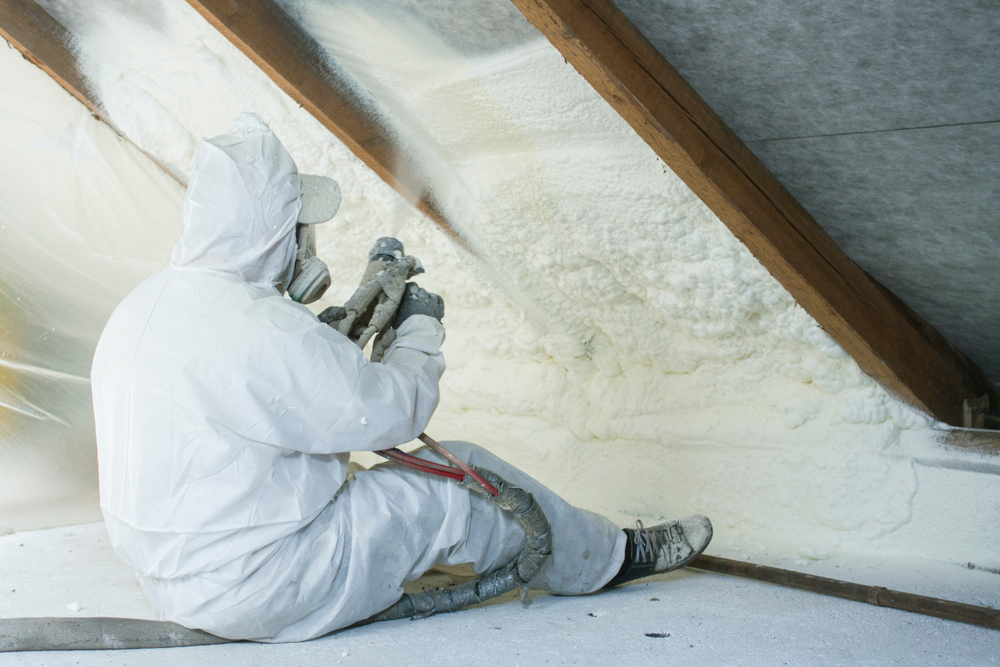
Proper home insulation protects from weather extremes and provides resistance to heat flow. Insulation seals your home so that it maintains a comfortable temperature, so why does a sealed house need to breathe?
What Is Insulation “Breathing”?
When we say that insulation needs to “breathe,” it’s another way of saying that it needs proper ventilation. Where there is insulation there should also be good airflow.
Attics become very hot in the summer months, and without proper ventilation, the insulation can get wet from humidity and condensation. This can attract rodents and pests as well as breed mold, and it can ruin your insulation. In winter, ice dams will occur where there is not sufficient insulation and ventilation.
In order for insulation to do its job, sufficient airflow to the outside surfaces is required. Good ventilation in your attic will allow the moisture to get out. An attic that is well ventilated will reduce the roof surface temperature and eliminate moisture.
The ideal way to achieve proper ventilation is to have a continuous airflow along the roof sheathing that runs the entire underside.
Air Sealing
Before a home is insulated it should be sealed for any air leaks. A house that has not had the leaks sealed prior to having insulation fitted will not allow the insulation to do its job properly. Professional air sealing involves applying a sealant to cracks or gaps in your attic.
Spray Insulation
Spray insulation is ideal for your roof because it seals hard and moisture cannot get in. It also reduces the need for attic ventilation to keep moisture out because the spray insulation is already achieving that.
Spray foam is sprayed in and sets hard. It repels moisture and is uninviting to bugs and rodents because they cannot nest in it.
Spray insulation is not just a superior way to insulate your home from the extremes of weather. Because it is moisture-resistant, it can also mean you don’t need to worry about creating an environment for your insulation to breathe.

